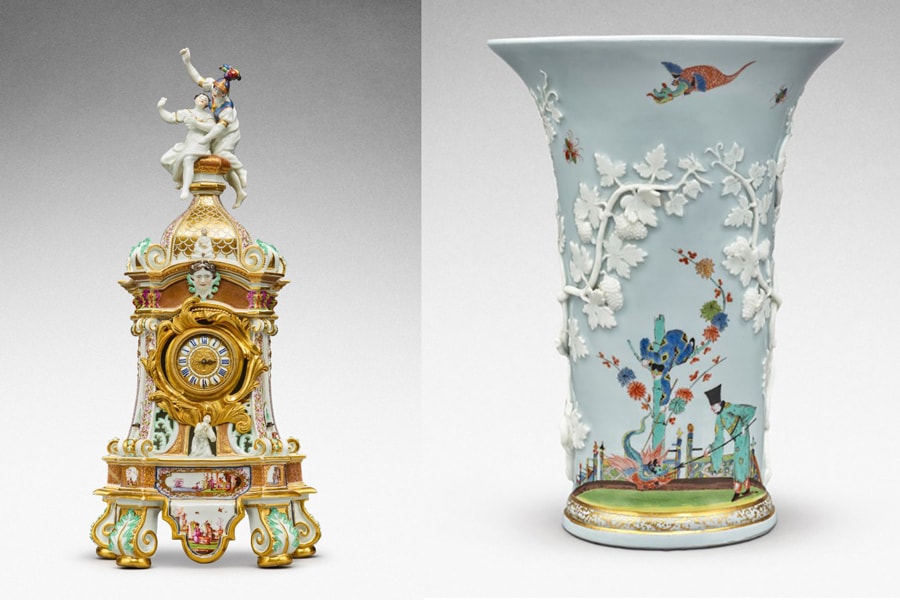
This collection of Meissen porcelain could break records at auction
Sotheby's will soon auction off a prestigious collection of Meissen porcelain, once owned by the collectors Franz and Margarethe Oppenheimer

The Oppenheimer porcelain pieces will go under the hammer on September 14 at Sotheby's New York.
Image: Courtesy Sotheby's
An auction lot like this hasn't been seen on the market in the last four decades. Sotheby's will soon auction off a prestigious collection of Meissen porcelain, once owned by the collectors Franz and Margarethe Oppenheimer. The estimate for the collection? Several million dollars.
According to Sotheby's, "one doesn't expect to find such masterpieces for sale in the 21st century." And for good reason: the porcelain collection offered for sale on September 14 is as rare as it is coveted. It was assembled by Berlin collectors Franz and Margarethe Oppenheimer in the late 1920s, when it was possible to acquire certain pieces from the royal collections in Dresden.
Most of the pieces offered at auction at Sotheby's once belonged to Augustus II, former king of Poland and founder of the Royal Porcelain Factory in Meissen, or were diplomatic gifts. Porcelain was developed in China about 2,000 years ago, but its method of manufacture remained a mystery to Europeans until the early 18th century. The chemist Johann Friedrich Böttger discovered the magic formula in 1709, and the Meissen factory was established the following year. It went on to produce some of the finest ceramic objects and sculptures ever seen in the West.







